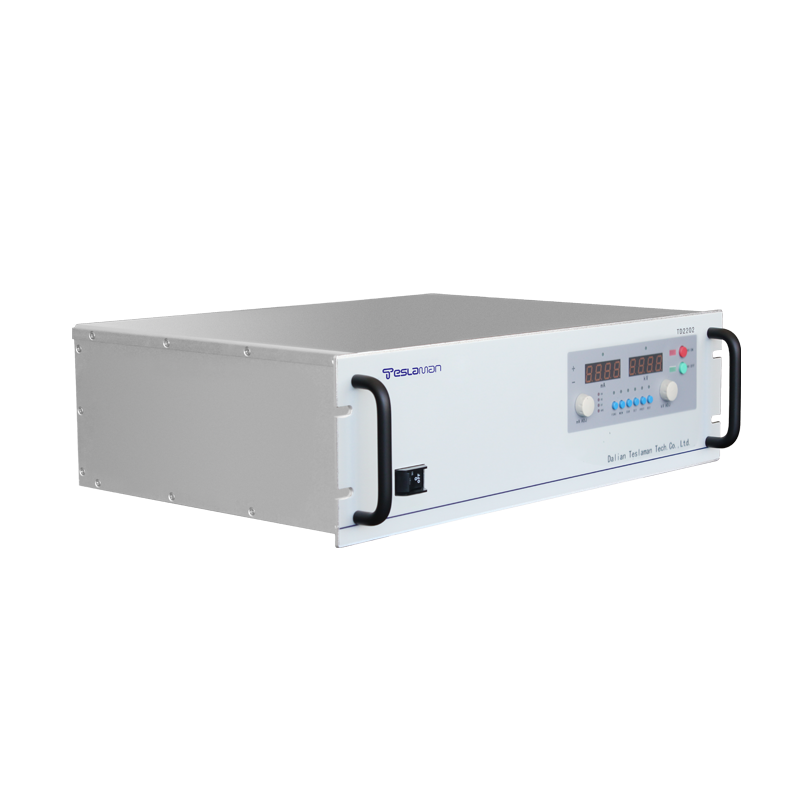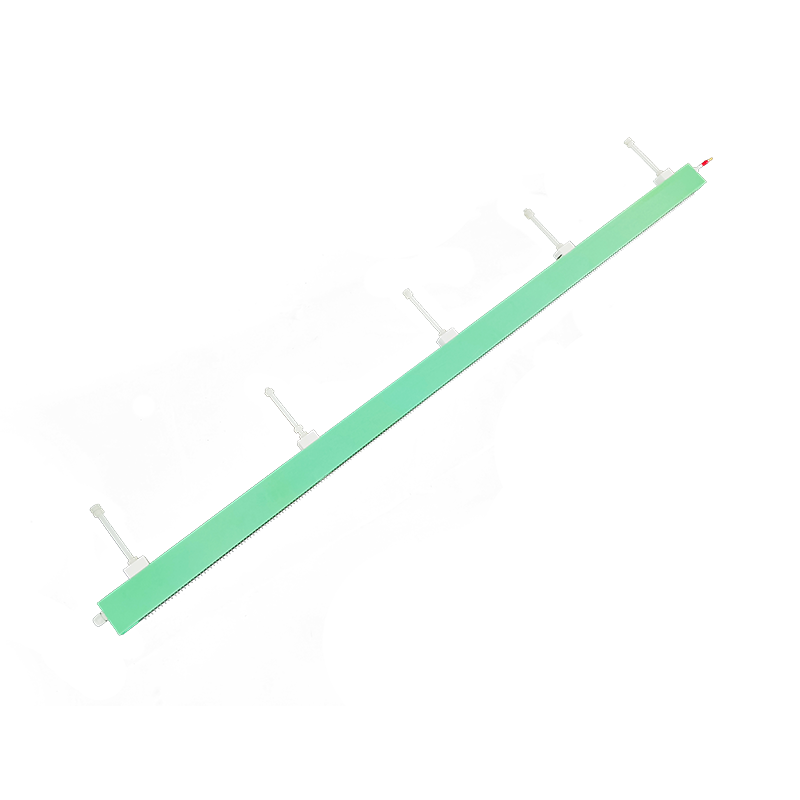Output Power of High-Energy Laser Power Supplies: Critical Technologies and Application Challenges
1. Core Role of Output Power
The output power of high-energy lasers is a key performance metric, directly affecting processing precision (e.g., metal cutting, welding), medical efficacy (e.g., ophthalmic surgery), and scientific reliability. It is calculated as:
Output Power = Output Energy × Pulse Frequency
For example, a single pulse energy of 54.4 J at 1 Hz yields 54.4 W, while increasing the frequency to 10 Hz raises the power to 544 W. This highlights how power supply stability directly determines output efficiency.
2. Key Power Supply Technologies
1. Power Stability Control
Voltage/Current Regulation: Supplies must deliver stable output with low ripple coefficients (typically <1%). Minor current fluctuations disrupt population inversion in gain media, causing power drift.
Dynamic Response: At high repetition rates (e.g., 1 kHz), rapid response to load changes prevents thermal accumulation or processing defects.
2. Interference Resistance and Protection
Multi-Stage Protection: Overcurrent, overvoltage, and short-circuit protection circuits prevent power surges from damaging resonant cavity mirrors or optical components.
Electromagnetic Compatibility: Shielding and filtering techniques suppress high-frequency switching noise, avoiding mode instability.
3. Thermal Management
In high-power systems (e.g., >100 W lasers), 10–15% of electrical energy converts to heat. Forced air/liquid cooling and thermal redundancy limit temperature rise to ≤5°C. Excessive heat induces thermal lensing in gain media, reducing mode volume and output power.
3. Technical Challenges and Breakthroughs
1. Catastrophic Optical Damage (COD)
High currents can melt semiconductor cavity surfaces, causing power collapse. Recent studies show asymmetric waveguide structures or increased front mirror reflectivity can raise COD threshold power by 20–30%.
2. Power Saturation Mechanism
Carrier leakage from quantum wells into waveguide layers at high currents leads to recombination and power saturation. Narrow waveguide designs improve optical confinement, reducing leakage and maintaining linear power output.
3. Energy Conversion Efficiency
Traditional supplies achieve 85–88% efficiency. New topologies (e.g., LC constant-current circuits) with IGCT switches reduce conduction losses, boosting efficiency to >92% while enabling microsecond pulse precision.
4. Future Development Trends
1. Intelligent Control
Adaptive algorithms dynamically adjust pump power based on real-time monitoring of temperature or mirror deformation. For example, pulse frequency compensation counteracts environmental disturbances.
2. High-Efficiency Device Integration
Wide-bandgap semiconductors (e.g., SiC) reduce switching losses, supporting higher frequencies (>100 kHz) for emerging UV and ultrafast lasers.
Conclusion
The output power of high-energy laser supplies results from the coupling of optical, electrical, and thermal processes. Future advances require synergetic breakthroughs in materials (COD suppression), topologies (efficient conversion), and intelligent control to expand applications in nuclear fusion ignition or space debris clearing.




















